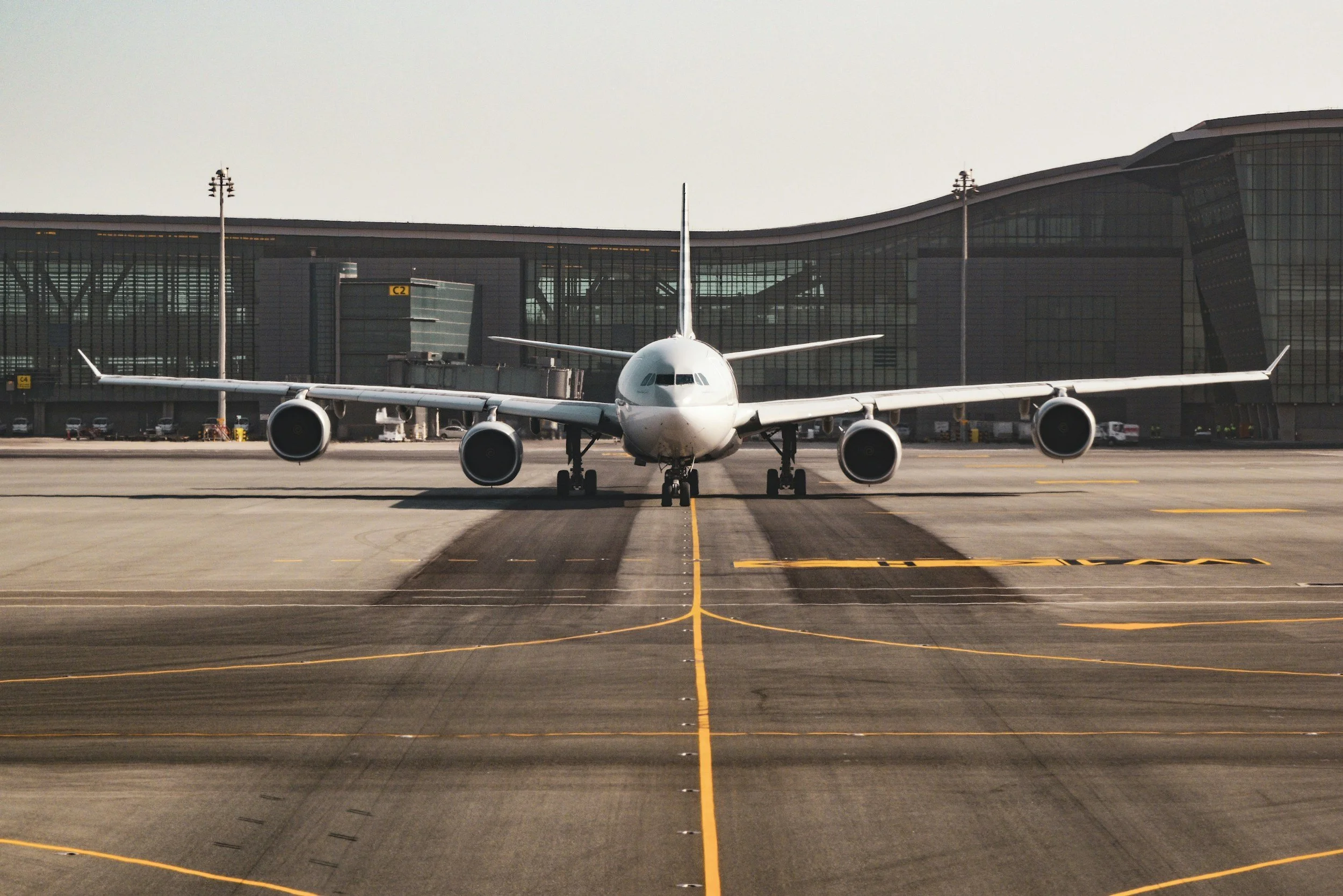November 2025
Publications
Legal powers to regulate international aviation under the EU ETS
After a 13-year delay, the EU may finally decide to extend the EU’s Emissions Trading System in 2026, to include emissions from international flights. That delay has cost an estimated 1.1bn tonnes of CO2 coverage and €26 bn in revenue. In this legal briefing, we look at some key legal questions around the expansion, proving that the expansion is aligned with and permissible under international law.
Background
The EU Emissions Trading System (ETS) was expanded in 2008 to include (from 2012) all flights arriving at or departing from an EU airport (with limited exceptions).
Following international pressure, including a failed court case against the expansion, the EU backed down and introduced a ‘stop the clock’ mechanism. This delayed the inclusion of international flights. This mechanism has been repeatedly extended, at an estimated cost of 1.1 bn tonnes of CO2 in lost coverage and €26 bn in lost revenue.
Next year, the European Commission may bring forward a legislative proposal. This could bring all departing flights into the scope of the ETS if the Carbon Offsetting Reduction Scheme for International Aviation (CORSIA) is not sufficiently strengthened in line with the Paris Agreement or if less than 70% of international aviation emissions are covered by CORSIA.
This legal briefing addresses two legal questions:
(1) Is including international aviation in the ETS consistent with international law?
(2) Can one flight route be subject to two separate carbon pricing regimes (the EU ETS and CORSIA)?
What’s covered in the report?
Our key findings include:
Including international aviation in the ETS does not contravene international law, as confirmed by the European Court of Justice.
‘Double regulation’ is not prohibited under international customary law or EU law. In fact, the ETS already provides a remedy for the situation where a flight route has liability under two different carbon pricing regimes.
The ETS can therefore legally apply to international flights as envisaged in the ETS Directive.

